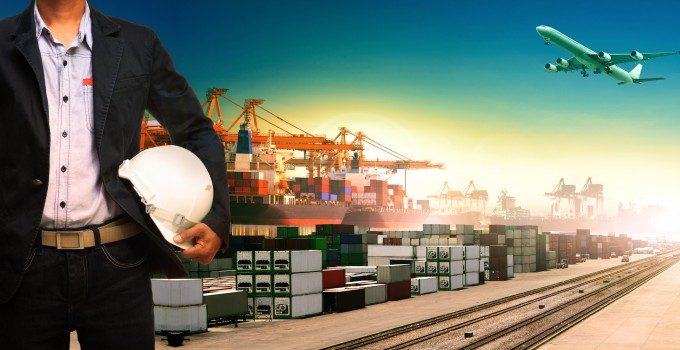Top 10 carriers divide over new fuels, orderbooks show
All the top-10 largest box lines appear to be moving away from conventional fuels in ...

With the notable exception of those from UASC, recent orders for newbuild ultra-large containerships have not been specified as being duel-fuelled to run on cheaper LNG as well as traditional heavy fuel oil (HFO) – until now.
The reasons have traditionally been the extra cost at construction, the loss of slots taken up by LNG tanks and, crucially, the availability of the gas on major tradelanes.
However, several ports are pushing ahead with plans to build LNG bunker facilities, easing this concern ...
Amazon pushes into LTL for small package fulfilment and UPS does a u-turn
New senior management for DSV as it readies for DB Schenker takeover
Volumes set to 'fall off a cliff' as US firms hit the brakes on sourcing and bookings
Asian exporters scramble for ships and boxes to beat 90-day tariff pause
Temporary tariff relief brings on early transpacific peak season
'Tariff madness' will prompt renegotiation of ocean shipping contracts
Forwarders 'allowing the fox into the chicken run' by supporting 'hungry' carriers
Response to tariffs by Chinese importers may see extra costs for US shippers

Comment on this article
Andy Lane
July 05, 2014 at 5:04 amExcellent article Mike.
On the basis that LNG can be 20% cheaper than HFO, and that fuel costs represent more than 25% of a deep-sea liner’s total costs, then it is a little surprising that more dual-fuel container vessels have not been built.
In many respects here we seem to have a proverbial “chicken and egg” situation. Where ship owners/operators are holding back waiting for sufficient bunkering facilities to exist, and bunkering facilities waiting for more LNG powered vessels! UASC have been brave enough to go dual-fuel, and hopefully for them this will turn-out to provide some competitive (cost) advantages.
With the difficulties to fill large ships, poor utilisation levels for large parts of the year, then TEU capacity loss would also appear not to be such a good reason to not prepare for dual-fuel at new build. Retro-fit costs I believe will be higher than to prepare vessels at new-build, so I would have to conclude that the industry generally has not really taken a longer term view here.
Mike Wackett
July 07, 2014 at 12:30 pmThanks Andy.
Totally agree:carriers are behind the curve on this pretty obvious unit cost reduction solution.
UASC’s forward thinking could bring it some big market advantages.
Stephen Weedon
July 15, 2014 at 9:27 amThere are some very interesting alternatives currently being trialed by Maersk. MSAR2 is an emulsion fuel developed by Quadrise Fuels International. The fuel which is targeted to be 10-20% cheaper than HFO, lowers NOx, CO2 and eliminated particulates. The associated cost savings can be used to offset the cost of an exhaust gas cleaning system (scrubber) to meet 2020/25 sulphur emission regulations